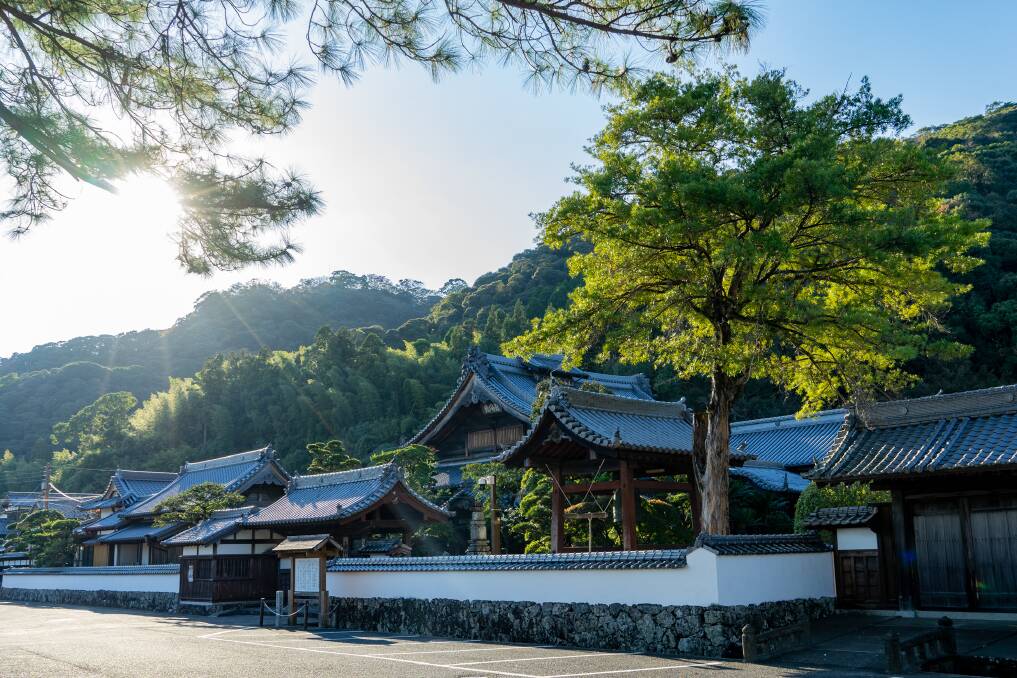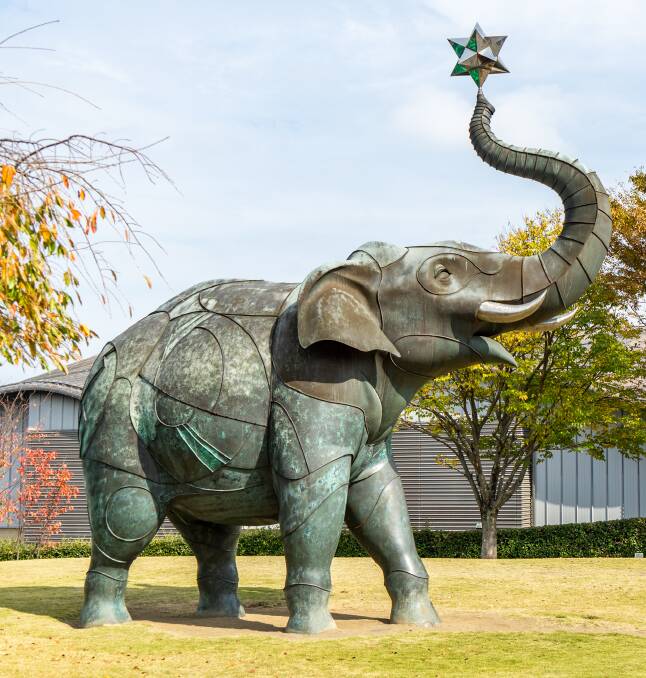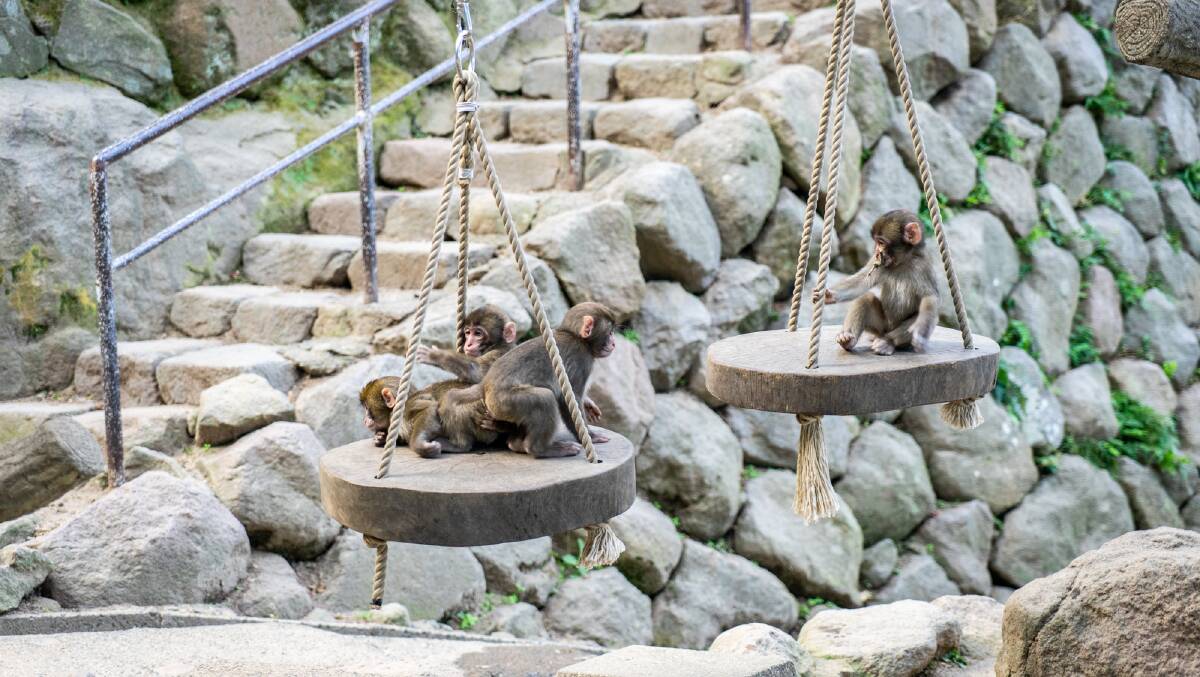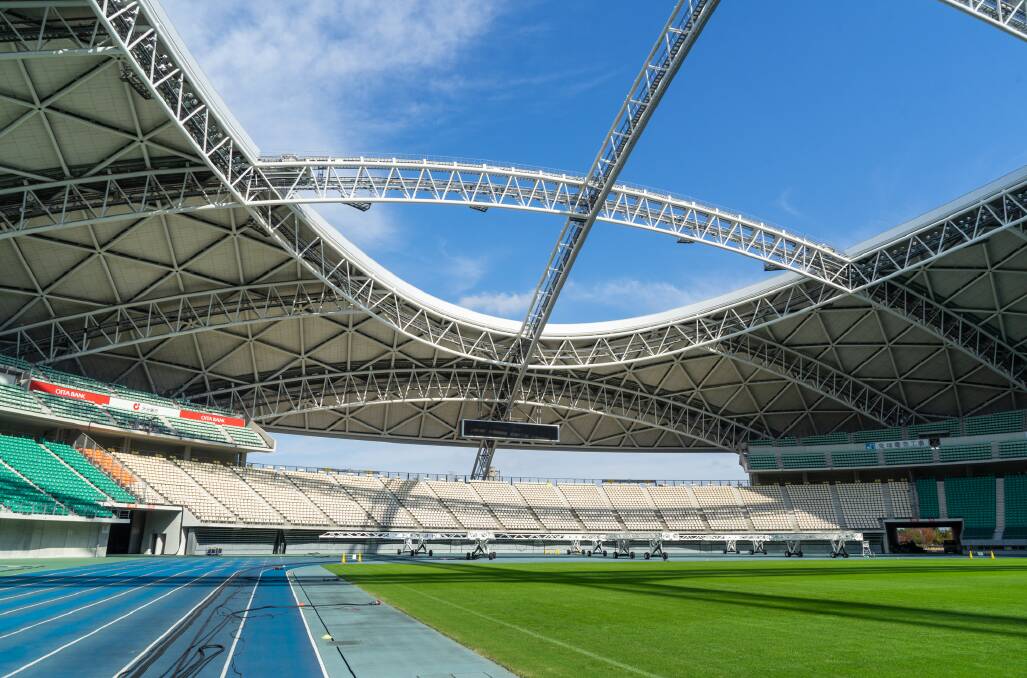Ahead of next year's Tokyo Olympics, Japan gets a trial run at a global sports event when the Rugby World Cup kicks off this month. Unlike the Olympics, the World Cup will be held across the whole country, letting more of Japan get involved - and showcasing some lesser-known regions to visitors.
Subscribe now for unlimited access.
$0/
(min cost $0)
or signup to continue reading

One of the more obscure hosts is Oita City, the capital of the Oita prefecture on the southern island of Kyushu. It has three pool games scheduled - including Australia versus Uruguay - and two quarter finals, with Australia almost guaranteed to be in one of them.
I spent a bit of time exploring Oita last year and am convinced that Australians visiting for the rugby will fall in love with this charming region, a perfect example of the real Japan beyond the bright lights of Tokyo and the temples of Kyoto.
Oita has a rich history and Funai Castle in the centre of Oita City is one of its main symbols - which is a bit odd, considering that the 16th-century castle burnt down in 1743 and only the outer walls were rebuilt (and not until the 20th century). But the city makes up for this by illuminating a life-size model of the main keep in dazzling colours every night.

It's a bit quirky but, then again, much of Oita City is. It has carved out its own niche as one of Kyushu's leading artistic hubs. The Oita City Art Museum, known for its metal sculpture of an elephant outside, has a mix of classic and contemporary works on display. Meanwhile, the Oita Prefectural Art Museum (OPAM) is a masterpiece in itself with an interesting architectural design opened in 2015. It has gallery space for a series of temporary exhibitions, as well as a lovely library and cafe.

For an unusual experience, there's the City Spa Tenku, a traditional Japanese onsen with a twist - it is outdoors on the 21st floor of an office building. There's nothing quite like soaking naked in a bath while you look out over the city!
The region is famous for its onsens but no more so than in Beppu, just up the coast from Oita City, where more natural hot spring water is produced than any other spot in Japan. It's popular with domestic tourists, so there are lots of public onsens and hotels with private ones. I would recommend a night at one of the hotels, using the onsen before you wear your kimono or yukata to dinner, and then sleeping on a futon in your tatami-mat room.
Between Oita City and Beppu, you'll find the Takasakiyama Monkey Park, a site that is equal parts cute and creepy. The tall Takasakiyama mountain is home to about 1500 monkeys that come down to the base each day. Locals have built a park here for them and the babies play on the ropes and swings while their mothers look for food and the males squabble for dominance. The young ones are adorable but I try to keep my distance from the larger ones.

For something less stressful, catch the coastal train down to the city of Saiki and enjoy the views out over the water. This is where the Bungo Channel meets the Pacific Ocean, offering some of the best fishing around Japan - and Saiki has long been at the heart of this.
Locals travel from across Kyushu to Saiki just for a seafood meal so it's a good opportunity to have one yourself. Try a restaurant called Fukuzushi for sushi and sashimi, where you'll sit at a bar and the chef will place each piece directly onto the bench in front of you as it's ready.

From the ruins of the 17th-century Saiki Castle up on a hill, you get an excellent view across the city and out to the water. At the base of the hill is a street named 'The Way of History and Literature' that has a wonderful collection of heritage buildings offering an insight into samurai culture.
From all my conversations, it seems the locals around Oita are excited about all the visitors coming for the Rugby World Cup - but there are some who are making an extra effort. In the small farming community of Nozu, about 30 kilometres from the centre of Oita City, many of the residents are opening their homes to tourists.
For several years they have run a homestay program where international visitors will stay for a night or two, eat traditional Japanese meals, and explore the rural area. To try it out, I stay the night in the family home of Tadao and Mieko Kadota, who are generous with their time and even more generous with their food!

It's probably the highlight of my time in Oita and a very special experience for tourists. It may be the rugby that is bringing people to the region over the next month, but there are plenty of good reasons to come anytime and see a different side of Japan.
TRIP NOTES: You can fly from Australia to Oita via Tokyo. A budget hotel costs about $50 a night, while the top hotels are around $250. A set meal with the local fried chicken 'toriten' is about $10, while fine dining with the special Oita Bungo Beef can cost about $150.
Michael Turtle is a journalist who's been travelling the world full-time for eight years. He was a guest of Tourism Oita. Check out his travel adventures at timetravelturtle.com


